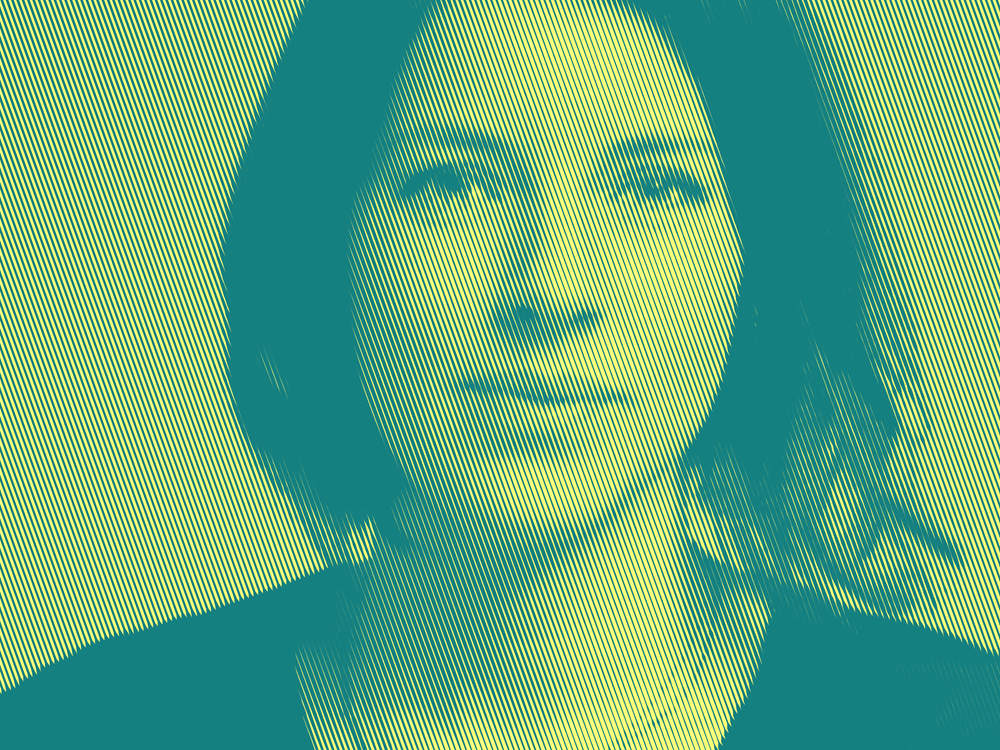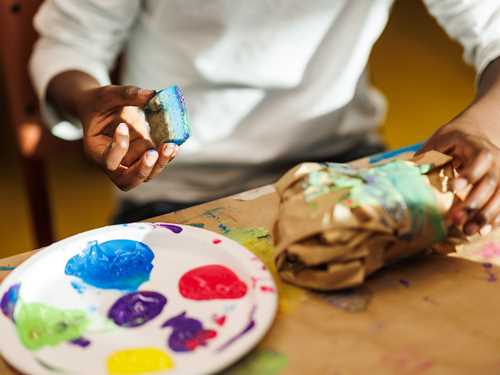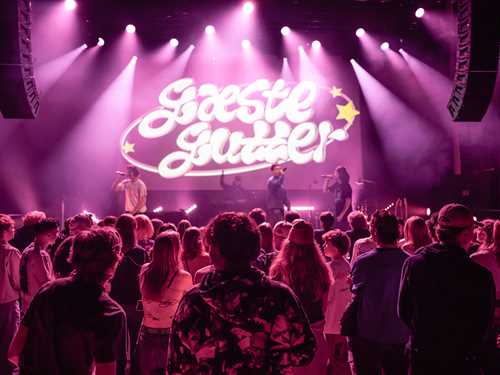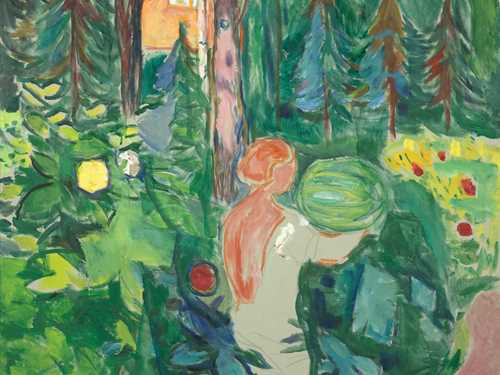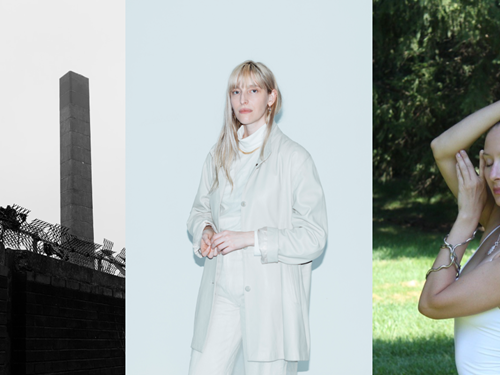For the exhibition SOLO OSLO – Apichaya Wanthiang, mediator Frida Rusnak wanted to find out how Wanthiang's art could become more accessible to the blind and partially sighted. By listening to people from this target group, she has documented their needs and thoughts. Afterwards Rusnak worked together with five blind or partially-sighted people. Together, the group has proposed and tested various measures that encourage all visitors to use more senses than sight as they go round the exhibition.
In this conversation about art, mediation and accessibility, Rusnak has invited one of the participants in the project, Nora Sulejmani, together with artist and activist Maria Puenchir. They will discuss how museums can include people from outside in the decision-making process. Is collaboration a way for museums to develop and become relevant for new groups? How can you ensure that the collaboration works for both partners?
Frida Rusnak is a mediator for the exhibition SOLO OSLO – Apichaya Wanthiang. She uses collaboration as a communication tool, and aims to bring out multiple perspectives on art.
Nora Sulejmani participated in the working group on iotpretztn for SOLO OSLO II. She is a board member of the Norwegian Association of the Blind and Partially Sighted Youth, an organization of and for blind and partially sighted youth. Sulejmani is concerned with inclusion and universal design, for improving the quality of life for people with physical challenges.
Maria Puenchir is an artist, activist and leader of Steatornis, an organization that works for inclusion and diversity in art and cultural life across functional variation, age, ethnicity, class background, gender identity and sexual orientation.
This is the second edition of SOLO OSLO, a series of solo exhibitions presented in collaboration with Talent Norway and Canica.
